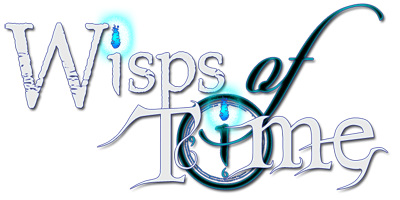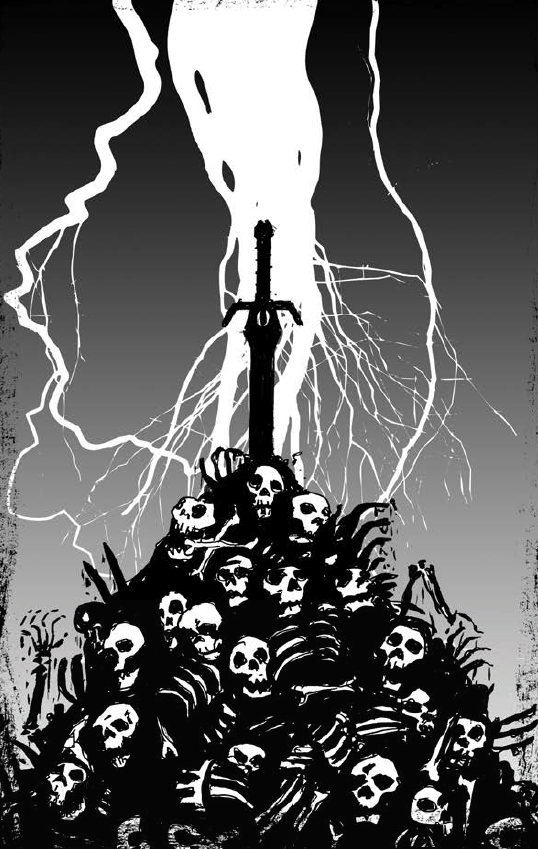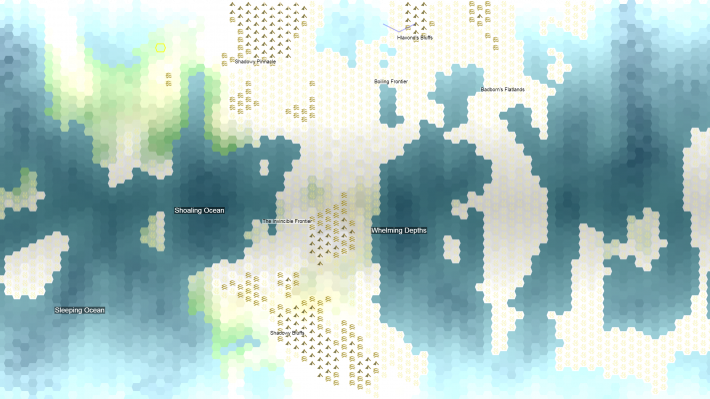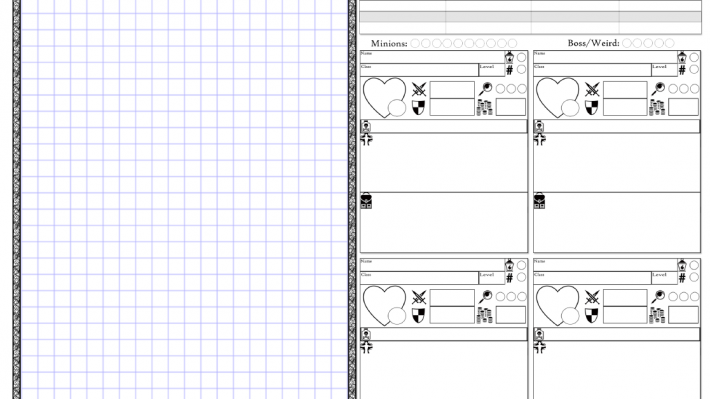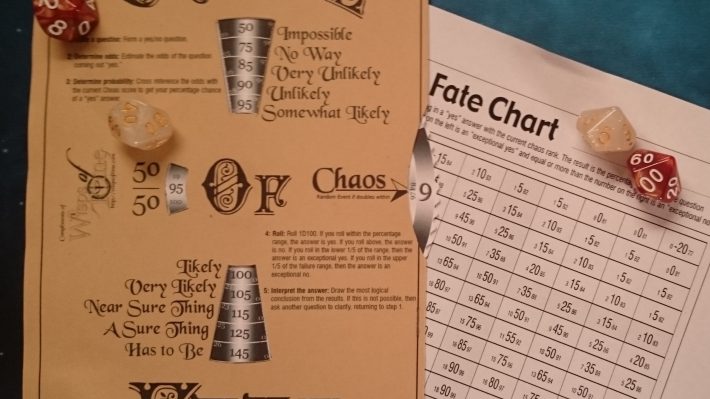My first solo play session was attempted using a published adventure module (the Hero Kids “Basement o’ Rats” introductory adventure). I had fun — I was able to use a simple d6 yes/no mechanic to pose questions and emulate GM responses — but I also had enough foreknowledge (and inexperience) that it was too confining compared to more free-form, generated-on-the-fly sort of play. And that’s the problem, right? Modules are published for GMs, so they’re chock full of great stuff that absolutely spoils things for the players if they come into such knowledge before the proper time. As a solo…

